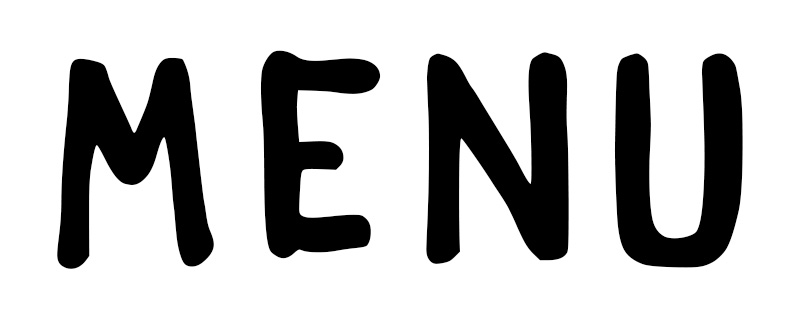What’s The Point of Photographers?
By Neil Burgess
Portrait by © Jørn Tomter / tomter.net
Turning a camera on the place you live – the shops, the schools, the businesses and your neighbours – is something that requires a particular strength of mind and conviction. We’ll all happily snap people at a party, or at Carnival for example, but making pictures of the ordinary people, the neighbours you see day in and out, doing what they do, is harder somehow. “What are you looking at?”, is a fair question and requires a good answer if you’re not going to raise suspicions, or get a punch in the mouth! But documenting the ordinary, the everyday, is one of the most important things a photographer can do.
In history, we know lots of stuff about kings and queens, about wars and trade, and new inventions, but we know very little about how everyday lives were lived. Samuel Pepys’ diary was so interesting and important, not because it talked about the lives of kings and queens, but because he talked about his own life: his ambitions, his successes and failures, his marriage and affairs, the running of his household. Today, we understand the importance of such documents, but imagine what we would know of the world if there had been cameras around in Pepys time, or in Egypt when they were building the pyramids! Imagine looking into the face and eyes of Shakespeare, or Napoleon, the way we can with photographs of Picasso or Churchill.
Photography, when it was invented about 175 years ago, added an important new tool to the recording of history, in some ways as important as the invention of writing. Drawing and paintings are just not the same. A photograph has that special connection with the subject – it’s not only a representation of the subject, it is a physical relic, an historical source of potentially huge importance.
Historians are very nosy people, like a lot of us. They want to know, ‘What was it like?’ Whether it’s a person, or a place, or an event where we weren’t able to be, we want to know, what was it like? A good photograph can often tell us the answer far better than a written or spoken description, or even a film.
Working with photography for nearly forty years, as an editor, curator and agent, I’ve been lucky enough to see changes in my profession so profound that when I started they would be considered science fiction. There has been an explosion in photography. Today, there are more photographs being taken every hour, than were taken in the entire 19th Century. We live in an age of the smartphone and photo saturation. It’s not just births, marriages and significant events that we are photographing – people are using photographs to check their make-up, or hair before they go out for the night. They photograph their cat and publish it to the world on Facebook, Instagram and Snapchat, as if we care.
Technology has made photography so fast and so simple: auto focus, auto exposure and, if we don’t get is quite right, there is always Photoshop! And it’s so cheap – everyone can do it and publish it on the internet or social media. So what’s the point of photographers? Aren’t we all photographers now? Well, not so fast…
It’s true that the technology of cameras has made the making of pictures much easier. Before electronics, in the era of film, there was a real skill in getting an image that was correctly exposed and in focus, but now anyone following a few simple rules, and being in the right place at the right time, can take a good photograph. But getting lucky and making a good single image doesn’t make you a photographer, any more than putting a coherent sentence together makes me a writer or painting a canvas makes me an artist.
Real photographers create bodies of work. They apply their skills, acquired from years of practice, to subjects that fascinate and intrigue them. Often they repeatedly return to the same place, or person or subject, creating a visual record, a story across time, which we can read and enjoy and learn from.
It is not just about the single arresting image, it’s the selection, editing and contextualizing of images that is as vital as the image-making itself. Deciding what is interesting in the first place, planning the approach to take and organizing access is as much about being a photographer as owning a camera.
The paper that you hold in your hands, fascinating as it is, about your friends and neighbours and what they are doing now, will in just a few years, become even more interesting. And in a decade or two, it will become part of the history of the area and of London. And if it survives, in a century or two, it may provide a real and insightful look into the lives of the people of Clapton at the beginning to the 21st century.
Neil Burgess has worked as an agent, editor, curator, and publisher within the field of contemporary photography for more than 30 years. He was the founding director of Magnum Photos London and bureau chief of Magnum New York. Neil has represented the work of famous photographers like Don McCullin, Annie Leibowitz and Sebastiao Salgado.

